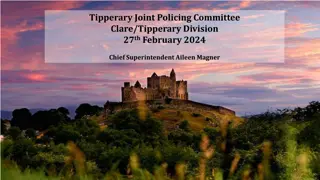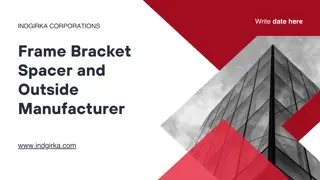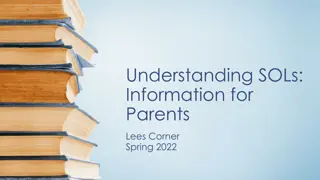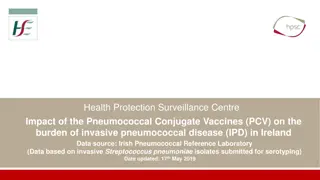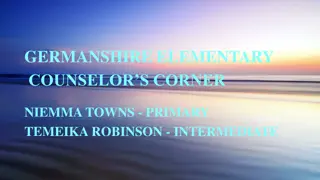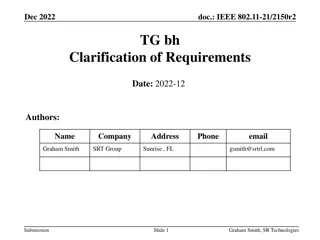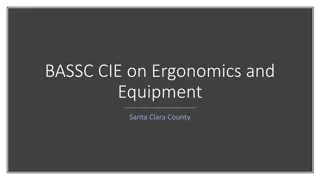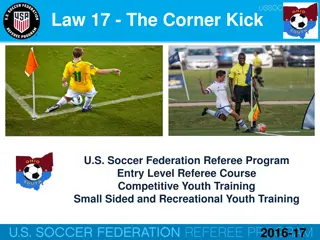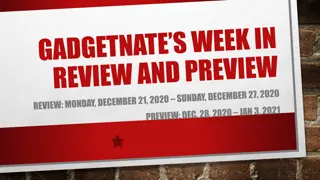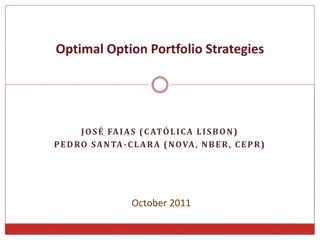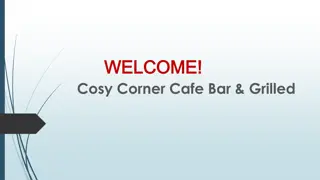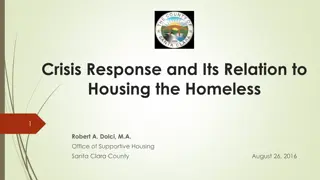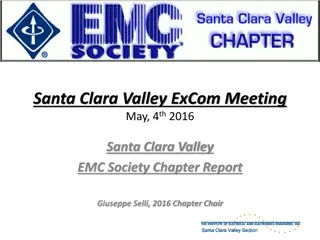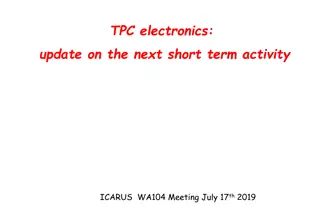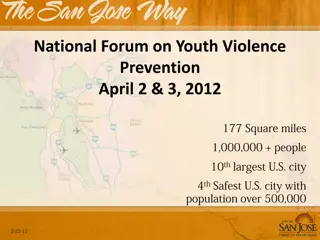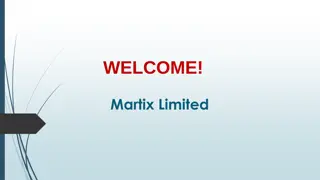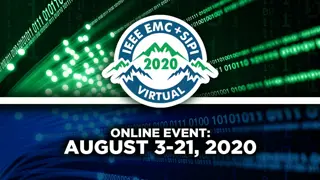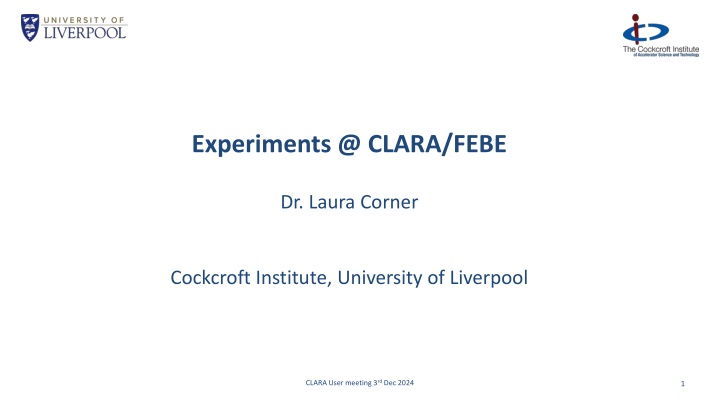
Cutting-edge Research at CLARA and FEBE User Meeting Dec 2024
Explore the groundbreaking experiments, world-leading science, and importance of CLARA and FEBE at the upcoming user meeting in December 2024. Discover the advancements in plasma acceleration, fundamental physics, and the collaborative research opportunities in this innovative field.
Download Presentation

Please find below an Image/Link to download the presentation.
The content on the website is provided AS IS for your information and personal use only. It may not be sold, licensed, or shared on other websites without obtaining consent from the author. If you encounter any issues during the download, it is possible that the publisher has removed the file from their server.
You are allowed to download the files provided on this website for personal or commercial use, subject to the condition that they are used lawfully. All files are the property of their respective owners.
The content on the website is provided AS IS for your information and personal use only. It may not be sold, licensed, or shared on other websites without obtaining consent from the author.
E N D
Presentation Transcript
Experiments @ CLARA/FEBE Dr. Laura Corner Cockcroft Institute, University of Liverpool CLARA User meeting 3rd Dec 2024 1
World leading science at Daresbury Laboratory Build on previous successful research on CLARA phase-1. Injection and acceleration of electrons for 2nd time in world. What can we do with CLARA phase-2 and FEBE? Collaborative research intra-CI (incl. ASTeC), between JAI/CI, with other UK universities, international partners. 3 areas: External injection into laser-driven plasma (H3+Beams, S. Jamison). Hybrid plasma acceleration leverage external injection expertise to create high energy electrons for beam-driven plasma research (R. D Arcy). Fundamental physics of laser-electron interactions (C. Arran). Simulated (left) and experimental (right) electron spectrometer images showing electron spectral broadening (Dr. L. Reid) CLARA User meeting 3rd Dec 2024 2
Importance of CLARA CLARA/FEBE practically unique worldwide. Access to electron beam, 100s TW class laser and multiple configurable experimental chambers game changer. FEC 2 FMBO X 2 FEC 1 FMBO X 1 e- Beam Major advantages counter or co-propagating laser beam laser-driven acceleration to scattering experiment. Double chamber space for in-vacuum diagnostics (also outside chamber for low power laser measurements. Or, multiple plasma stages, beam & laser (D Arcy), additional spectrometer for > 600MeV acceleration, acceleration & scattering to access high nonlinearity of interaction science case for laser upgrade to 250TW. Straight on access after FEBE for gamma/high energy photon detection. Testbed for new laser technology space in hutch. CLARA User meeting 3rd Dec 2024 3
Plasma acceleration Huge synergies between beam-driven and laser-driven research: All external injection staging research (major priority of European Accelerator Roadmap). Timing & synchronisation, diagnostics development emittance etc. Technology development gas jets, capillaries, vacuum handling. ML/AI applications, modelling. Gas jet design & simulation: Dr. H. Jones CLARA User meeting 3rd Dec 2024 4
Fundamental Physics Distinguishing classical/quantum RR theories For high energy spread beam, e.g. laser plasma accelerator, models indistinguishable. For low energy spread beam, e.g. rf accelerator, stochastic broadening clearly shows. CLARA perfect test facility now can extend energy with plasma accelerator, gamma detector, new physics searches CLARA User meeting 3rd Dec 2024 5
Back up CLARA User meeting 3rd Dec 2024 6
Fundamental physics Simplest experiment: Focus laser to w0 = 3 m, electron beam to 1 m. Diagnostic e-spec. Low charge to reduce electron beam size. Beam charge/energy/size/duration variable. Narrow energy spread. Scan laser energy from low a0 to highest value. Simulations: Use Ptarmigan and MCRR code to model collisions. Electron beam 10 Hz, laser 5 Hz. High data collection rate. Free background shots interleaved with data excellent correction. Can we detect quantum/classical RR? Can we distinguish LMA from LCFA? Codes: Ptarmigan (Blackburn), MCRR (Ridgers, Arran) Arran C et al. Optimal parameters for radiation reaction experiments ,Plasma Physics and Controlled Fusion61, 074009 (2019). TG Blackburn, AJ MacLeod, and B King, From local to nonlocal: higher fidelity simulations of photon emission in intense laser pulses ,New Journal of Physics 23, 085008 (2021). CLARA User meeting 3rd Dec 2024 7

